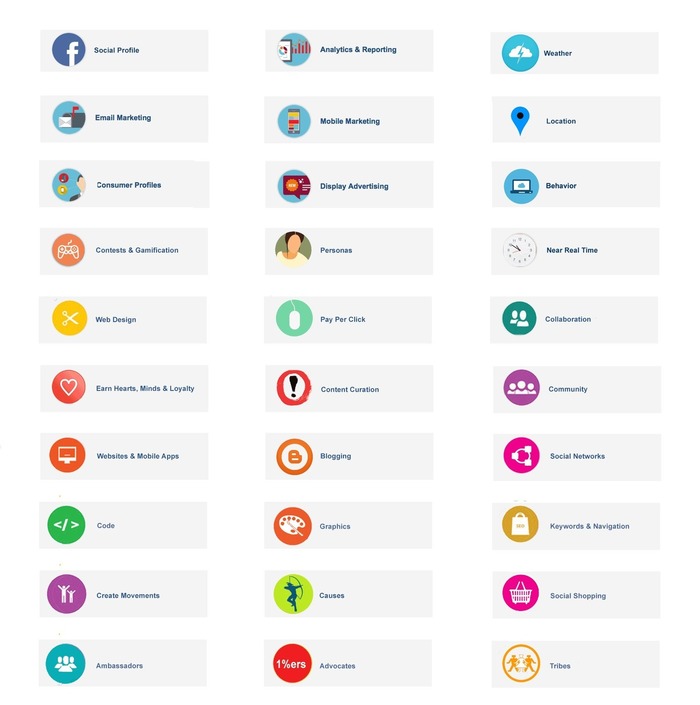Ecommerce Is A Mobile & Social Game
The more I do this, web marketing, the more game-like everything feels. Mobile and social are acting like huge pythons squeezing content into a game. Content shock is the other trend impacting your content marketing.
In 2003 your content could be factual and visually boring and it would work. Not so much anymore. Today you must think of your content like pieces on a chess board. How can you achieve your goals by developing relationships between your content, your customers and advocates?
Mobile and social make ecommerce a game too as WaNeLo.com demonstrates. WaNeLo.com is a "clean slate" built to mashup massive amounts of content that already exists, make creating "YOUR WaNeLo.com Store" fun (you swipe through content) and collect a nice fee for being the first retailer to get the many changes to online commerce brought to you by a smart phone near you (and most of the time people are within 10' of their smart phones at all times).
We began the conversation about how to make an online store a game a few weeks ago on G+ (https://plus.google.com/+MartinWSmith/posts/RdjAjWoJTHw ).
This @HaikuDeck shares how to make content more game-like. Here are a few easy ways merchants can begin to create gamification:
* Create an Ambassadors Program to identify your 1% Contributors and 9% Supporters.
* Provide a public profile for Ambassadors (if they choose) with a good URL (cool.com/ambassadors/marty for example).
* Curate great Ambassador content first to OTHER Ambassadors and next, and this should be a smaller set, to the public via your site.
* Begin to track key Ambassador functionality such as social shares, links and likes.
* Create feedback loops for Ambassador actions (200 Likes, 100 links and 3,000 social shares to date or yesterday or last week).
* Steal LinkedIn's famous, "Your profile is 80% complete" Call-To-Action (CTA).
Might seem strange to talk about adding gamification to ecommerce NOW when the holiday tsunami is only days away, but most ecommerce teams have their plans made up. While social media means any plan must respond to what is happening now, most ecommerce teams are working a quarter ahead.
Successful gamification isn't easy, but rewards are huge. Instead of invading Russia in the winter we suggest merchants begin building foundation by creating an Ambassador Program. Ambassadors, those fans, friends and supporters willing to help, become critical when you want to turn gamfication ON (and you will).

















